PUTTING OUR EXPERIENCE TO WORK
We’ve been engineering our industry-leading shelters for almost a decade and we’ve seen just about every scenario involved with underground shelter business. Because this type of shelter can be installed in any ground condition, we’ve installed our units all over the world. From the dry ground conditions of Texas, the mountain ranges in Colorado to the coastal regions with high water tables such as Florida, we’ve done it. These underground shelters are perfect solutions for schools and businesses, churches and city buildings, even hospitals or athletic centers. We even offer livestock-shelters.
Our experience in the industry is an invaluable resource during the planning stages of your shelter project all the way through the installation. We ensure consistency and quality by handling every aspect of the project.
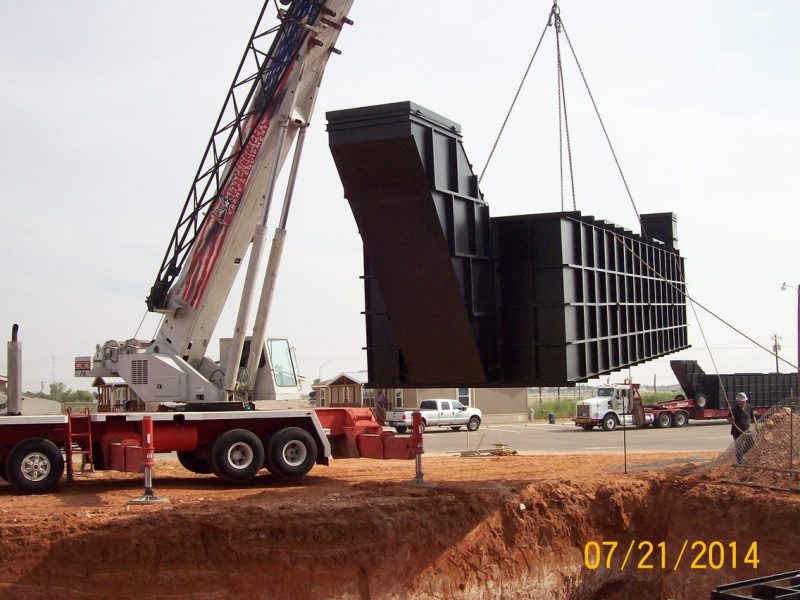
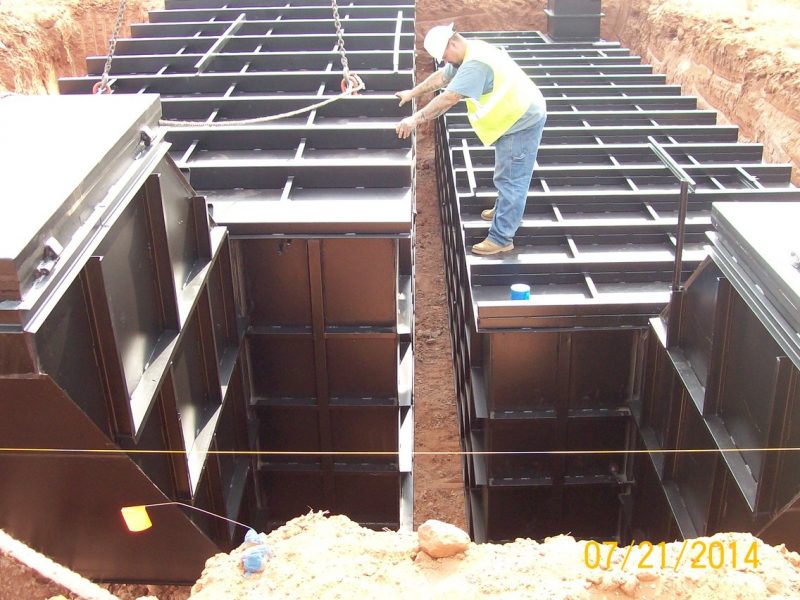

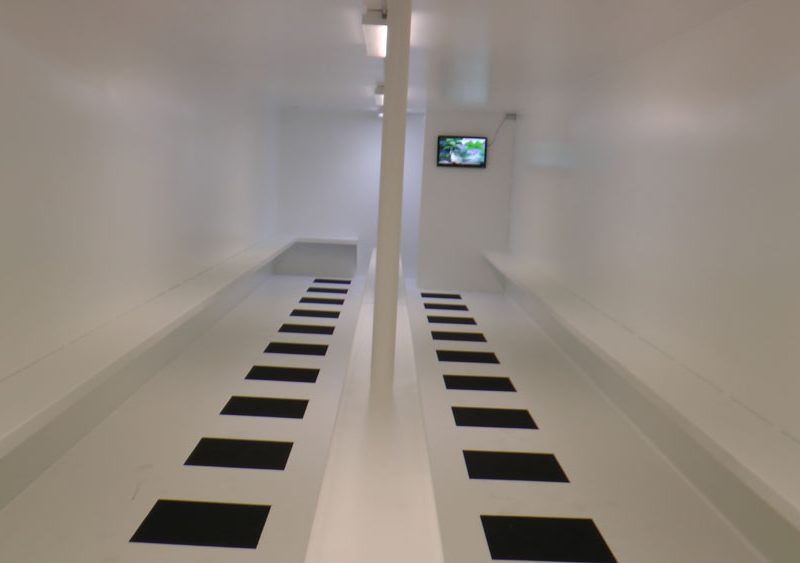
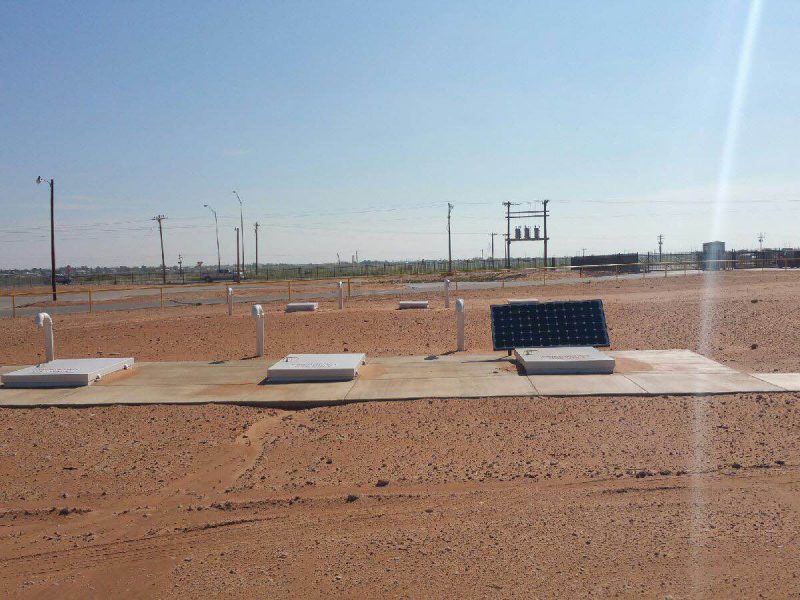
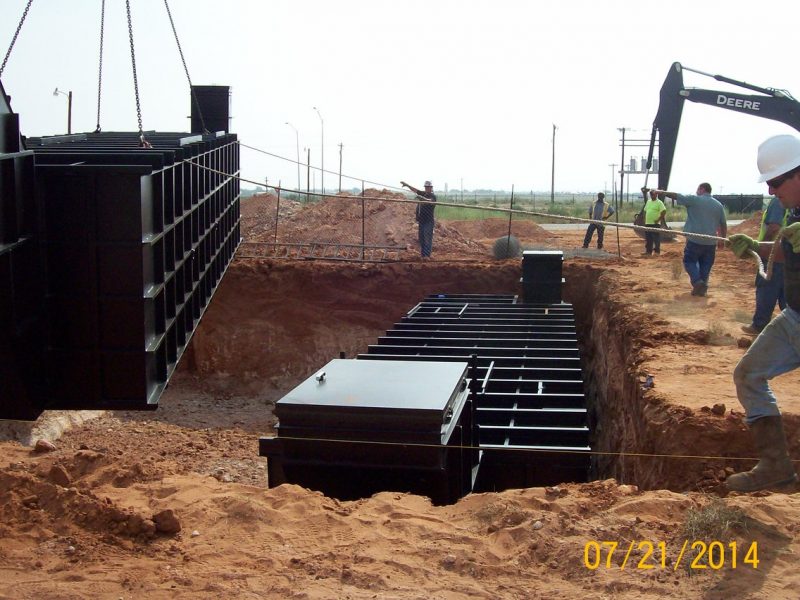
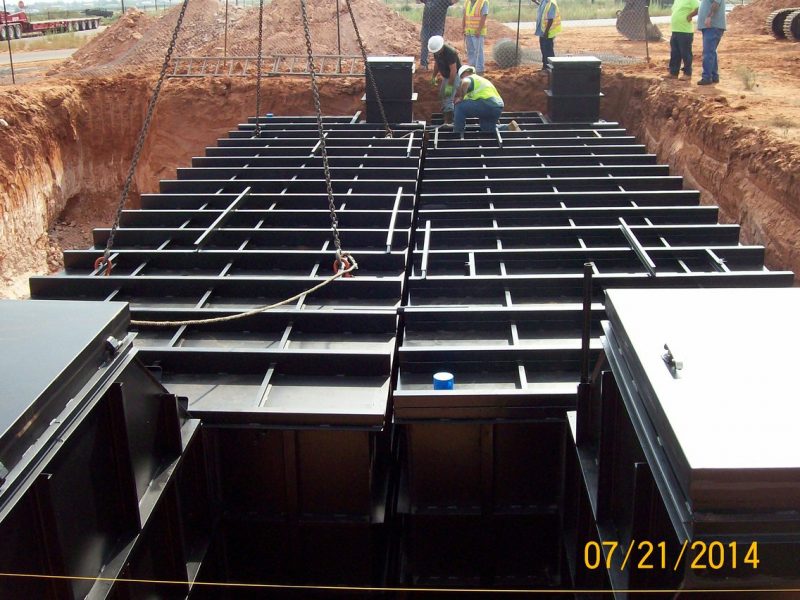
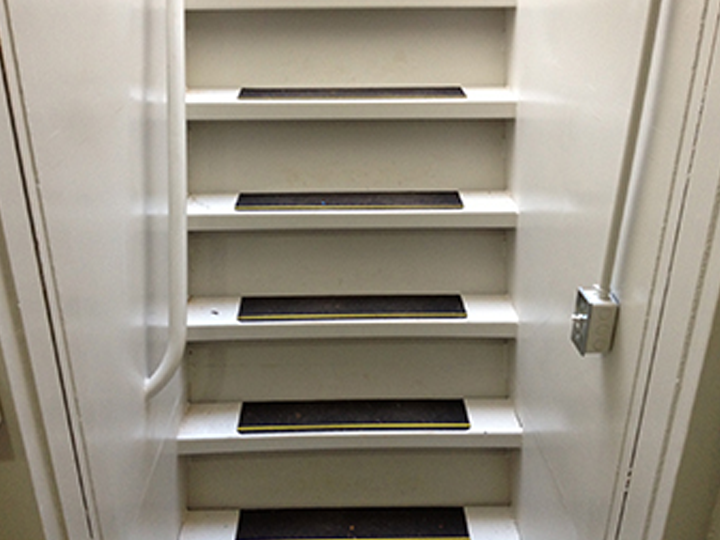
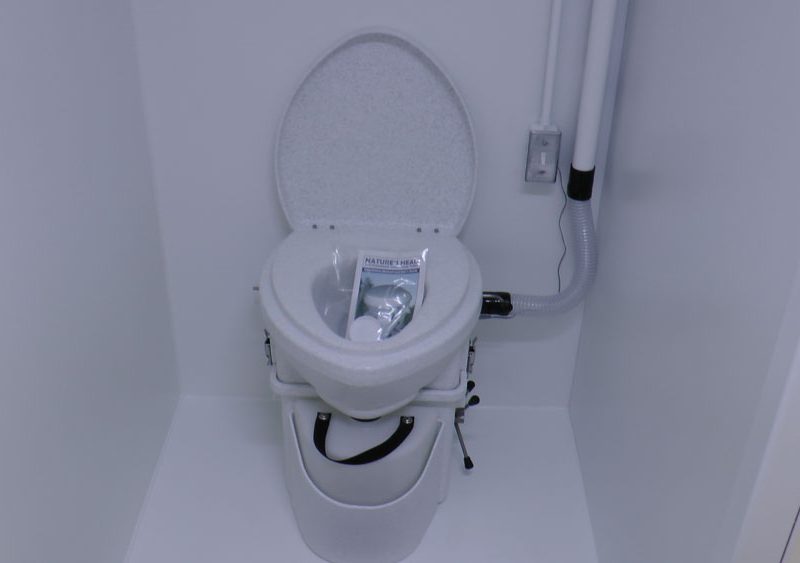
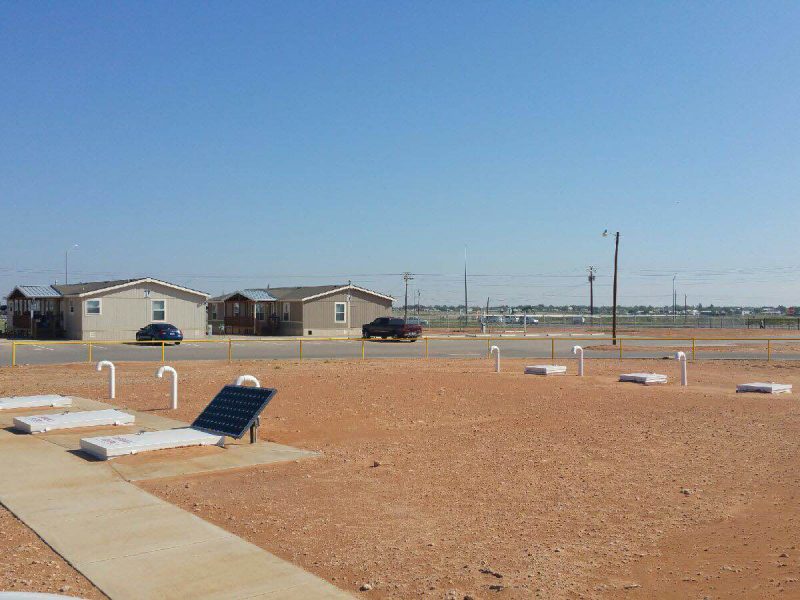
NOTHING SAFER
According to the National Weather Service Storm Prediction Center’s website, there really isn’t a safe plan for being above ground in a tornado. It casts doubt on many of the widely accepted methods of tornado protection. It says that “FLYING DEBRIS is the biggest tornado hazard”. Certain areas can turn into a “death trap of flying broken glass.” It goes on to say of “fortified gyms” that “large, open-span areas, such as gymnasiums, auditoriums and most lunchrooms, can be very dangerous even in weak tornadoes, and should not be used for sheltering people. This sort of room has inherent structural weaknesses with lack of roof support, making them especially prone to collapse with weaker wind loading than more compact areas of the same school building. Consider the aerial photo of Caledonia (MS) High School (below) as an outstanding example of this, when the near side was hit by a tornado in January 2008.”
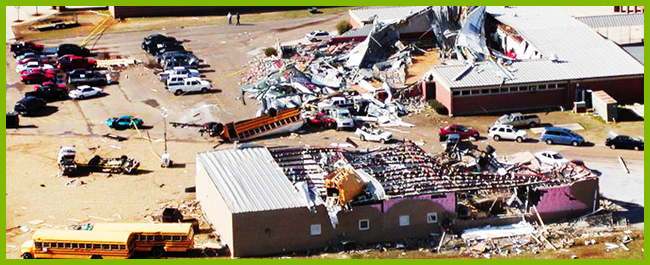
To reiterate: “FLYING DEBRIS is the biggest tornado hazard”. Therefor logic would dictate that the only truly safe place to be during a tornado is a place out of the wind and insulated from wind-borne objects such as vehicles and other structural components from destroyed buildings. (underground is the only option)
Any company claiming that they can fortify an above ground room enough to safe-guard you against a school bus hurling through the air at 100 miles per hour is gambling with your safety. There are above ground options but NOTHING is safer than being underground.
